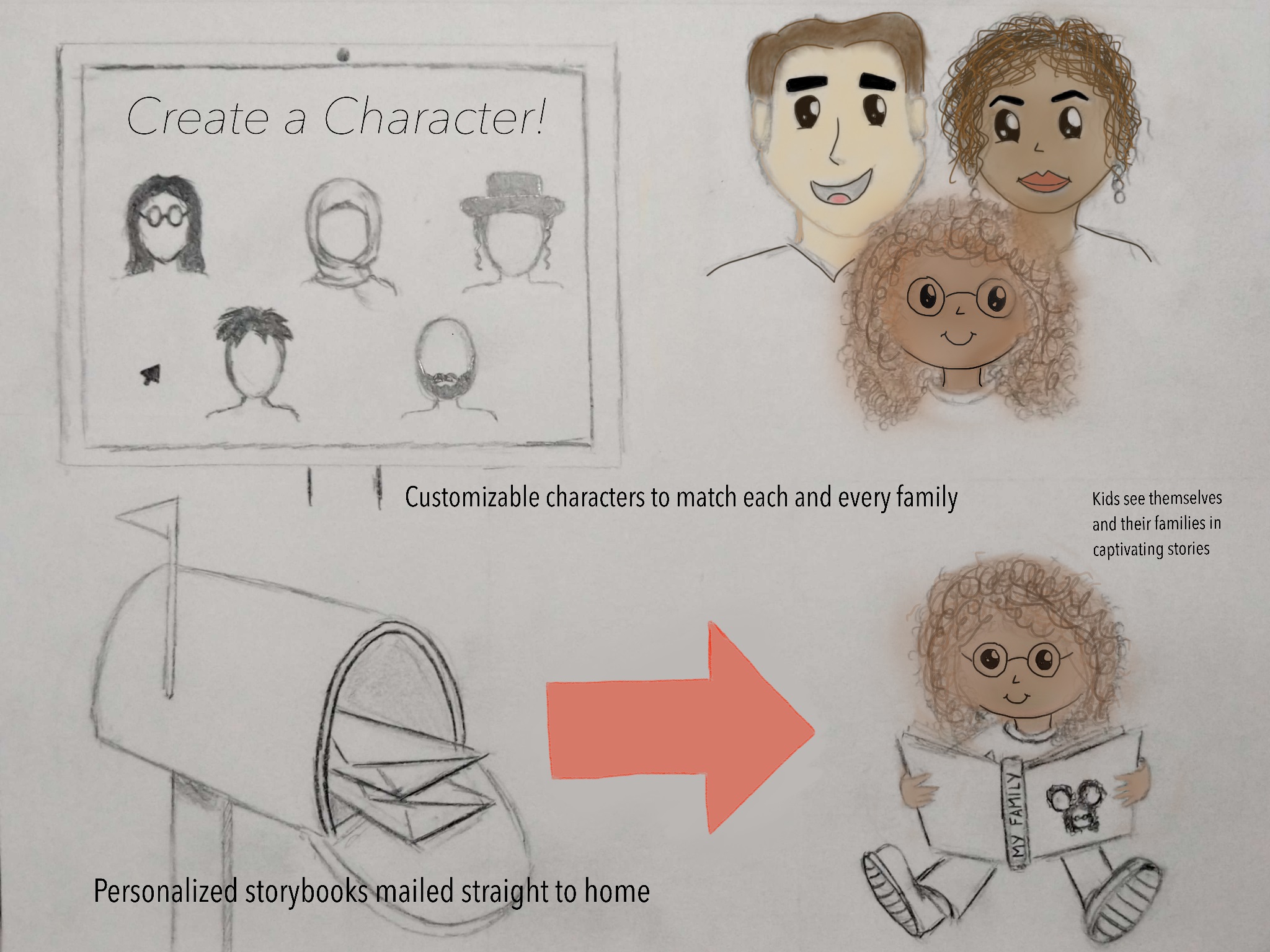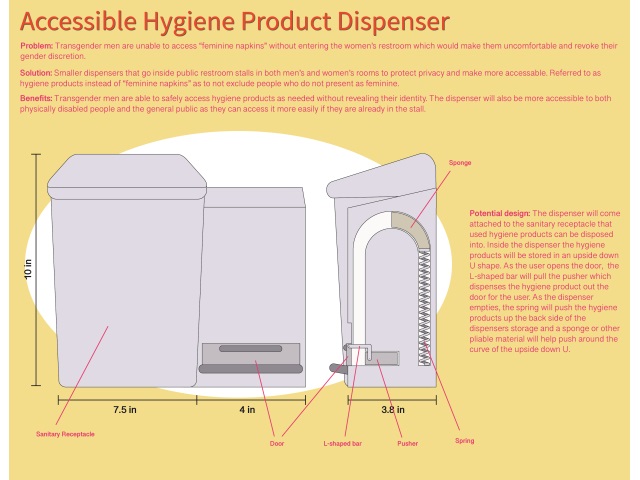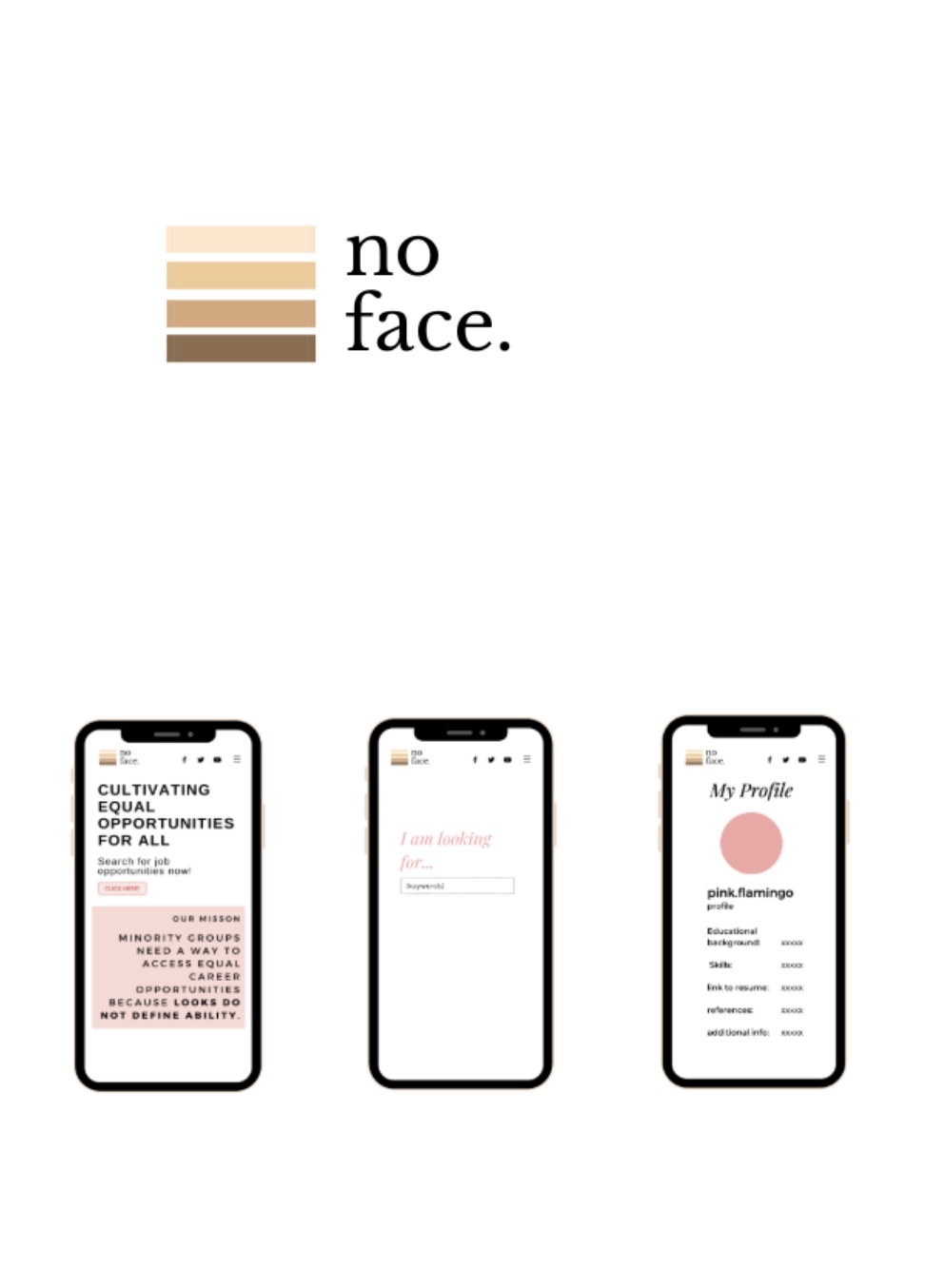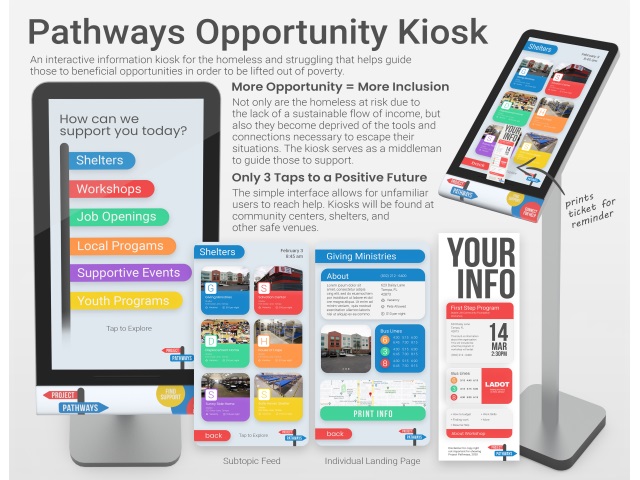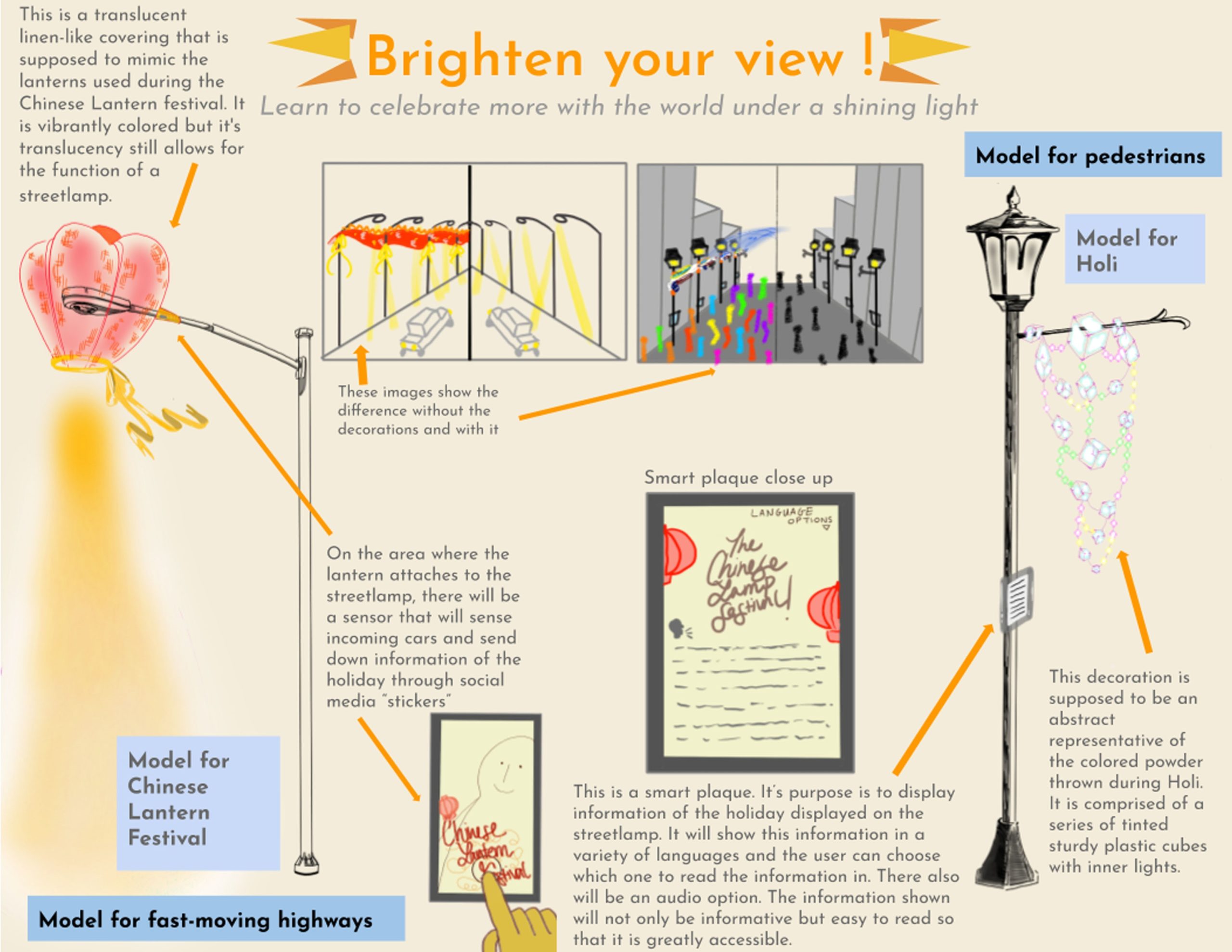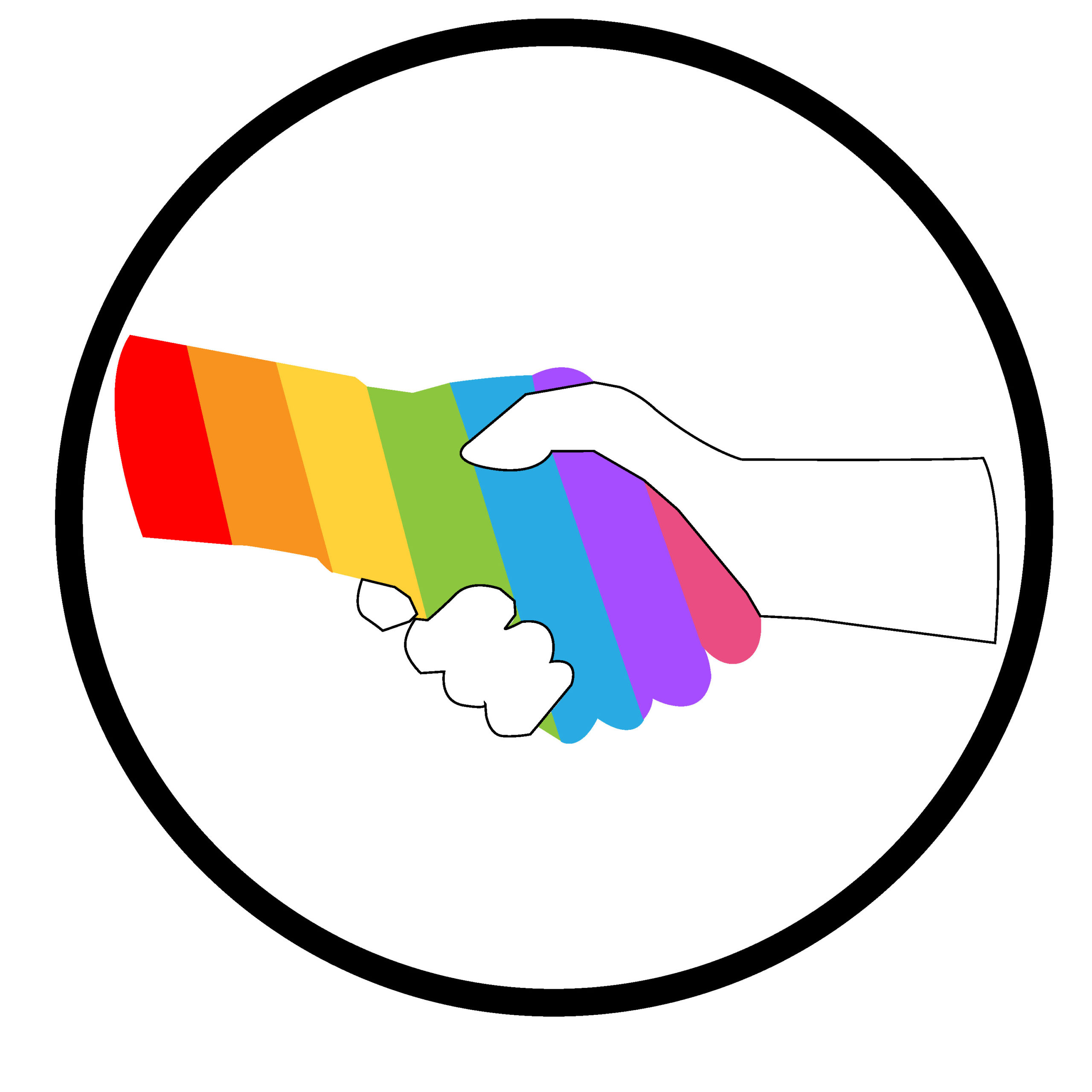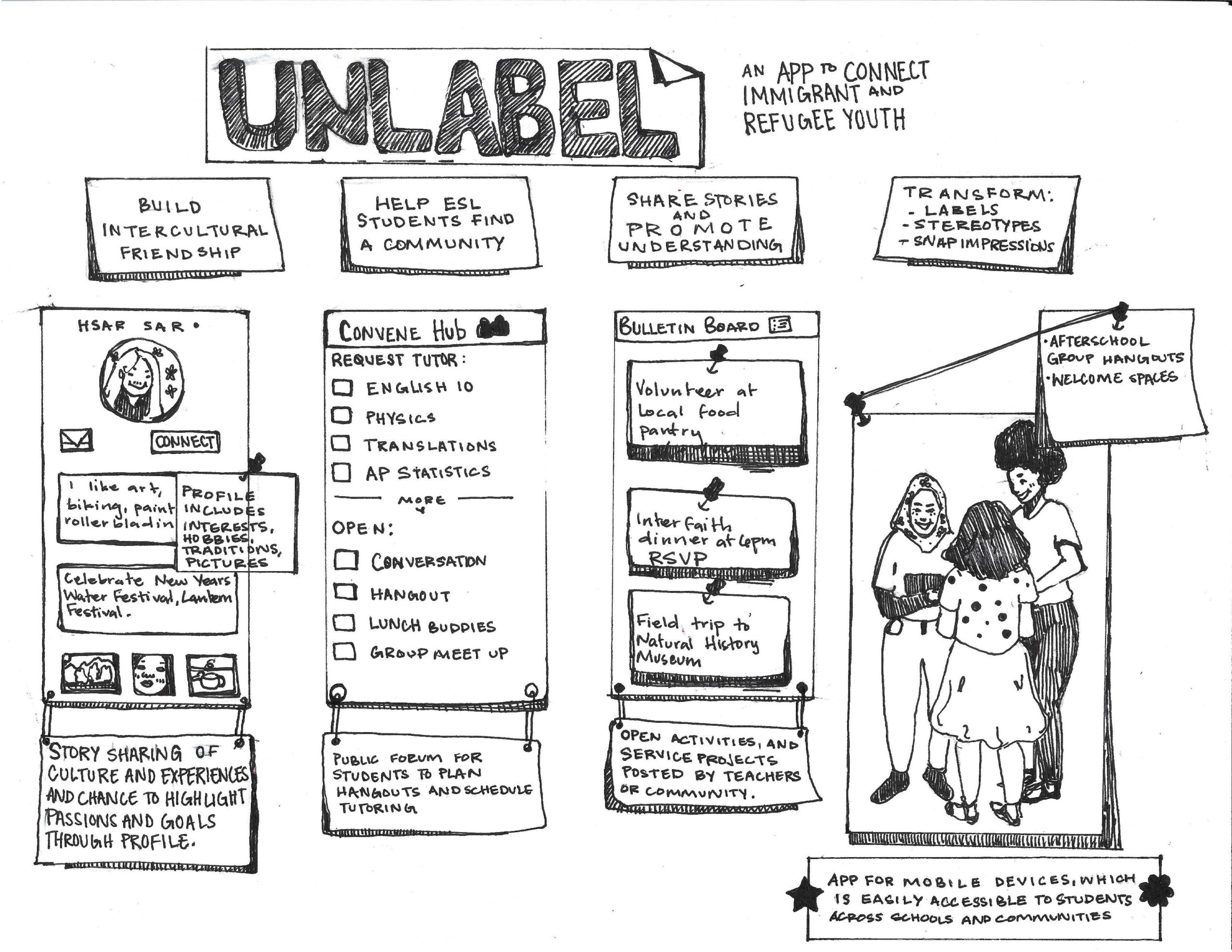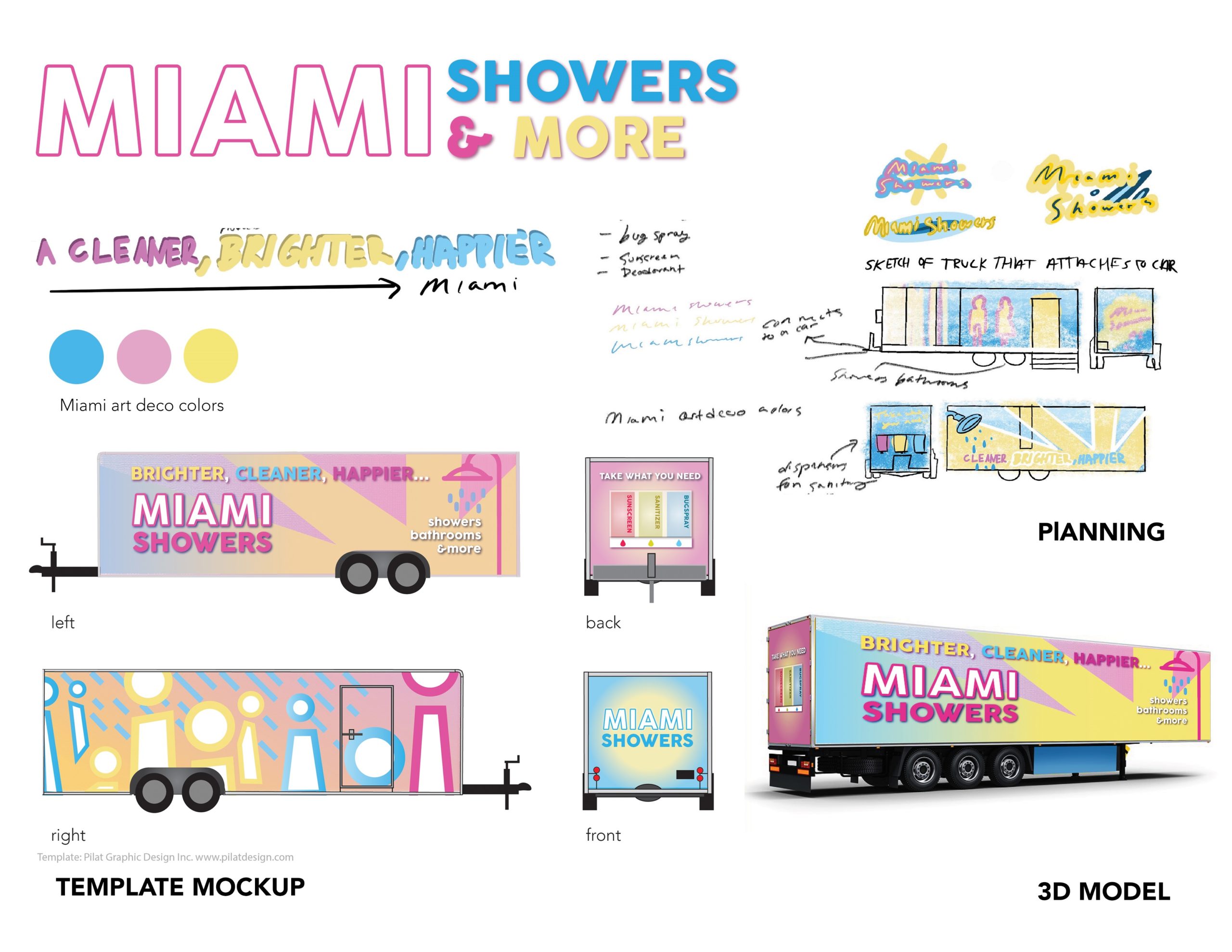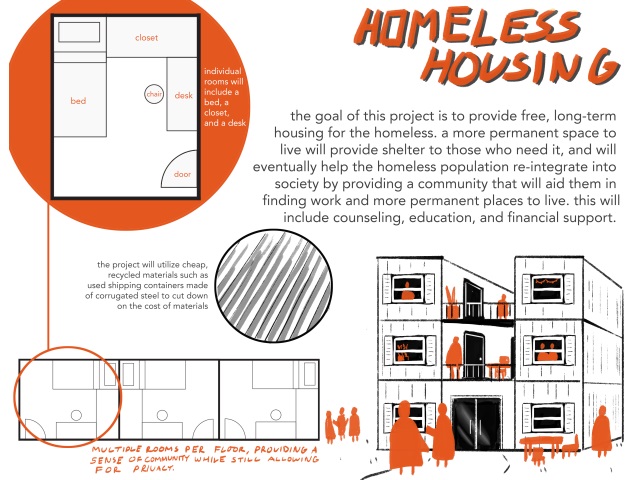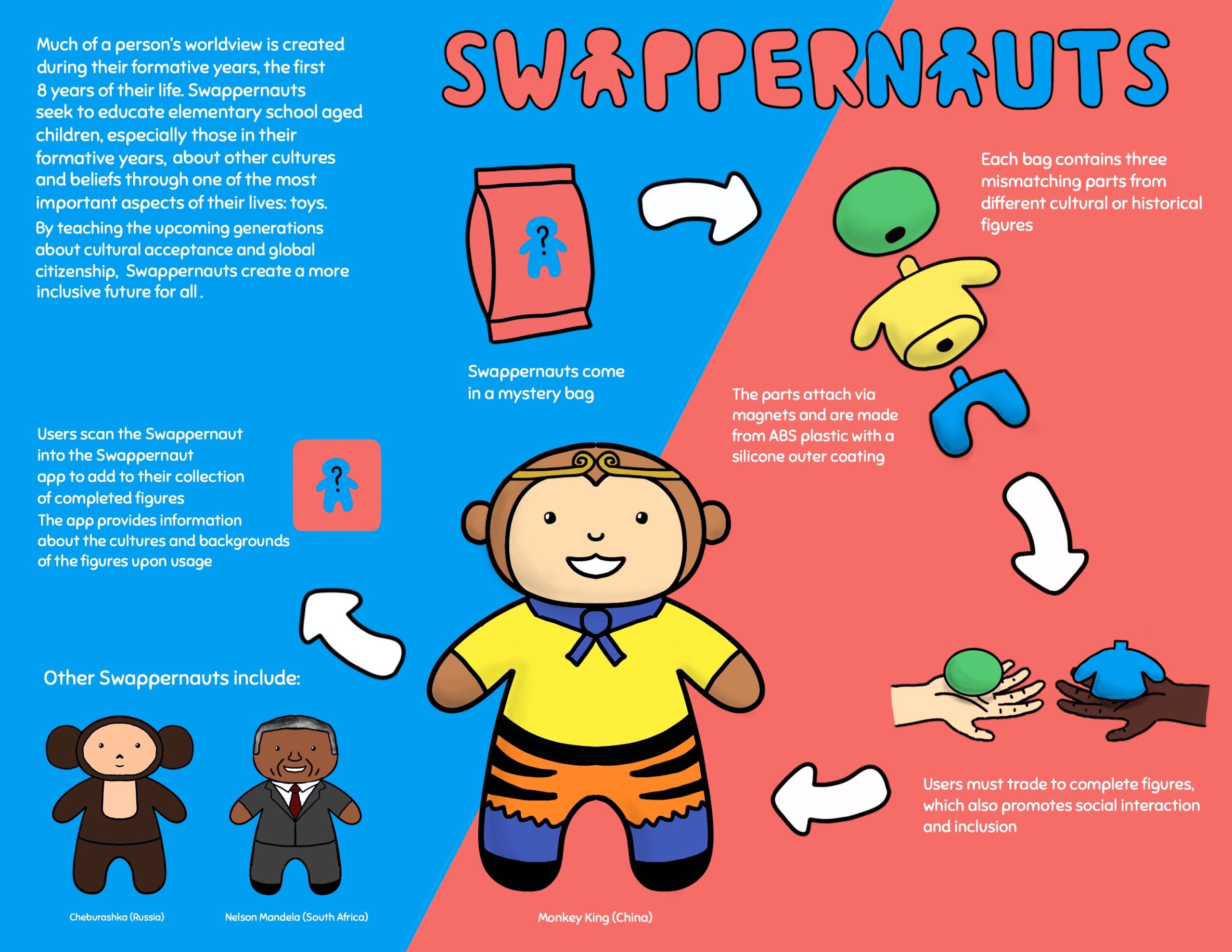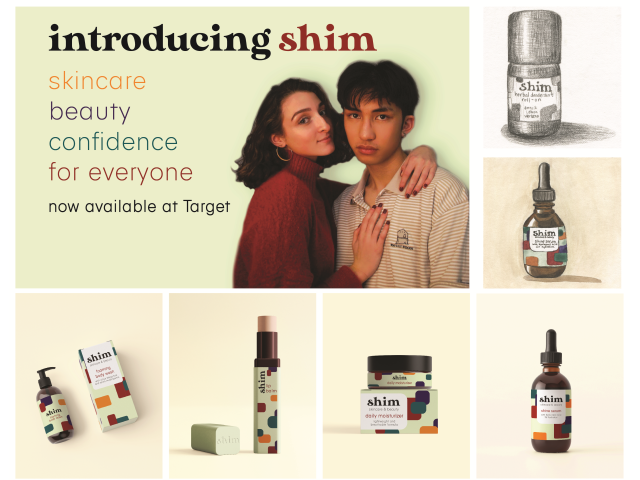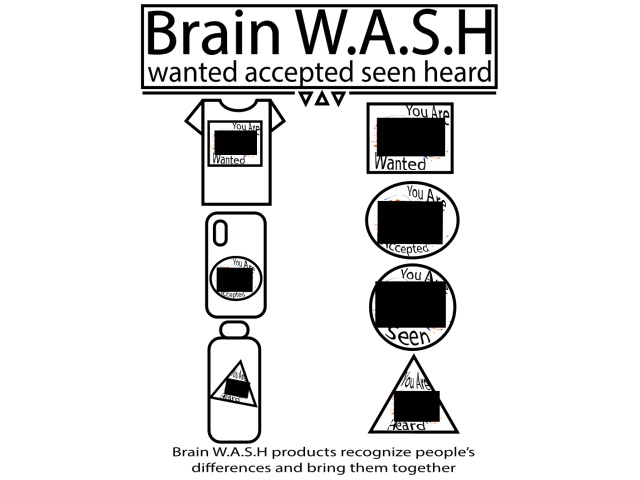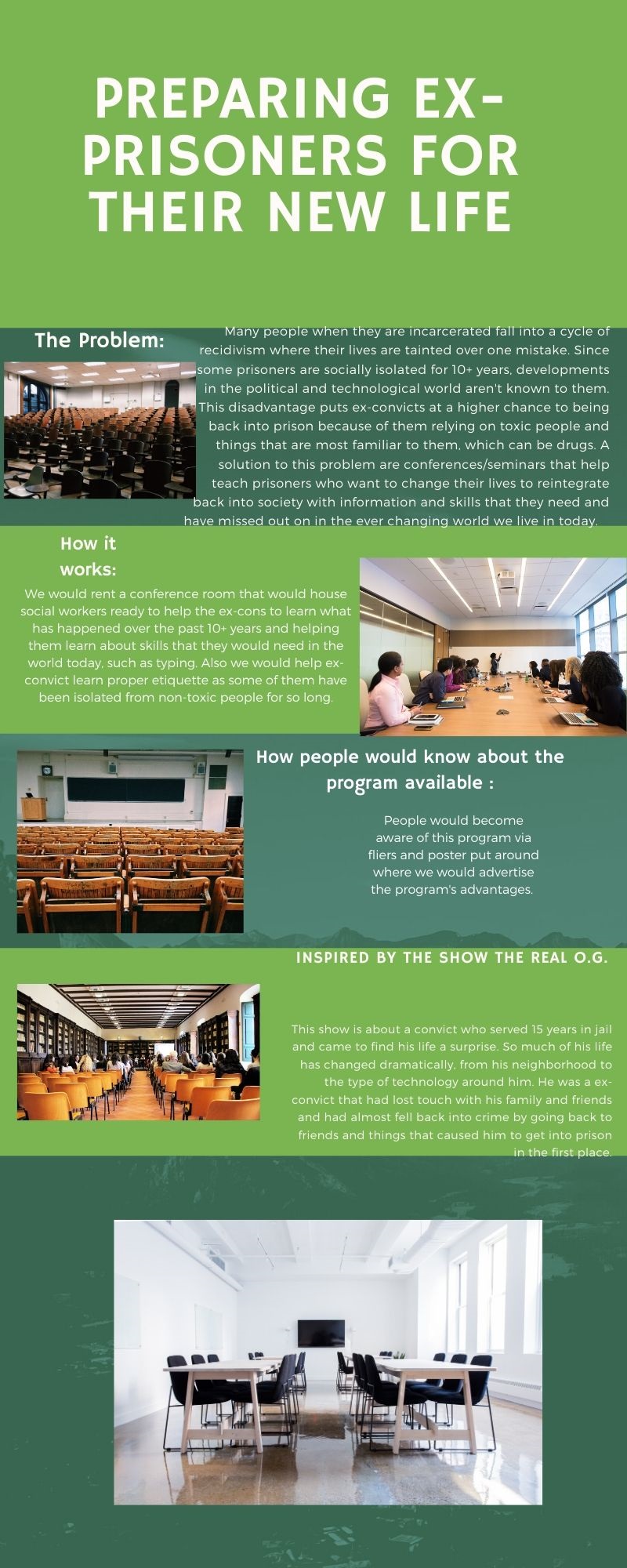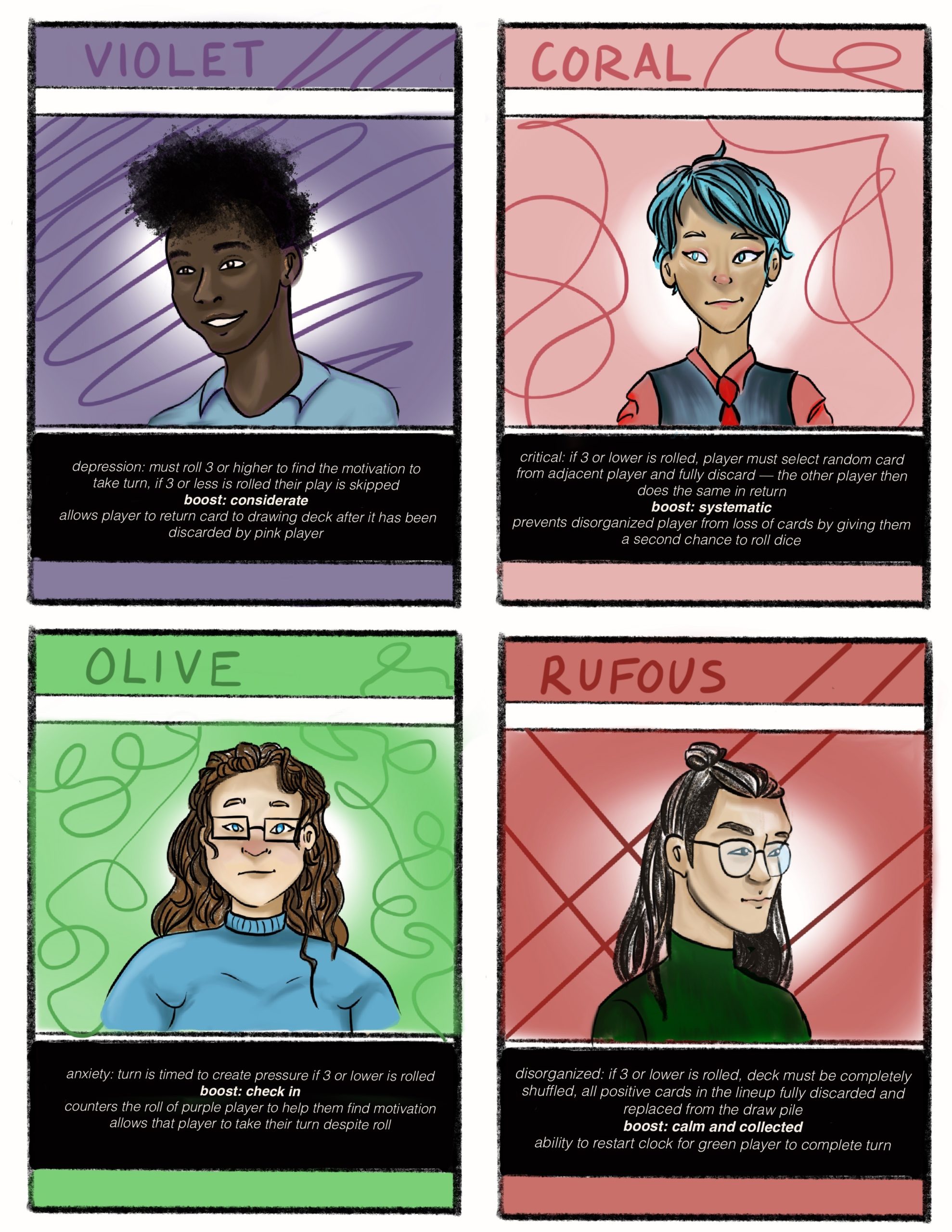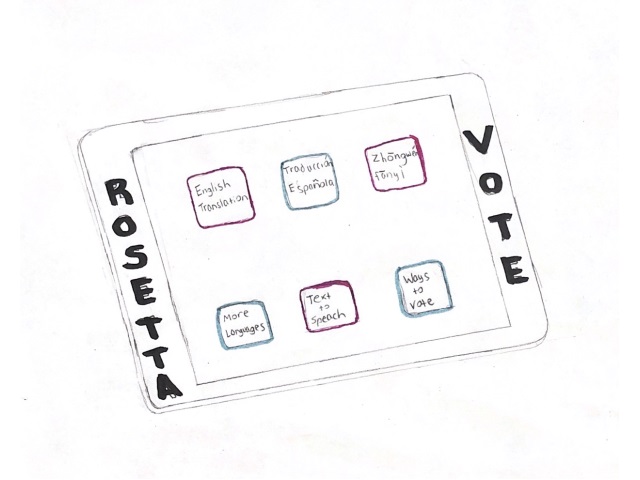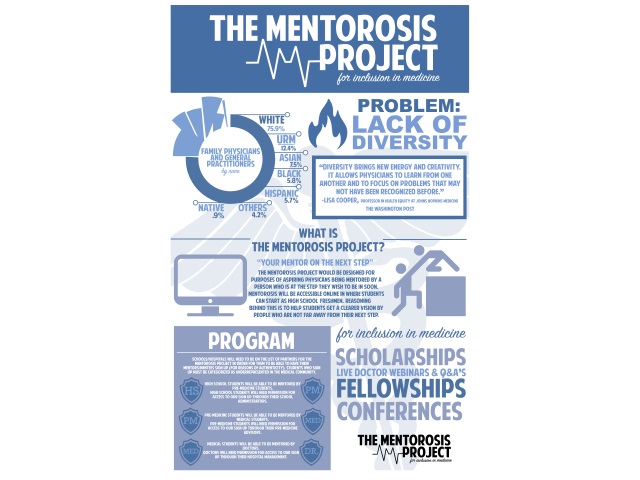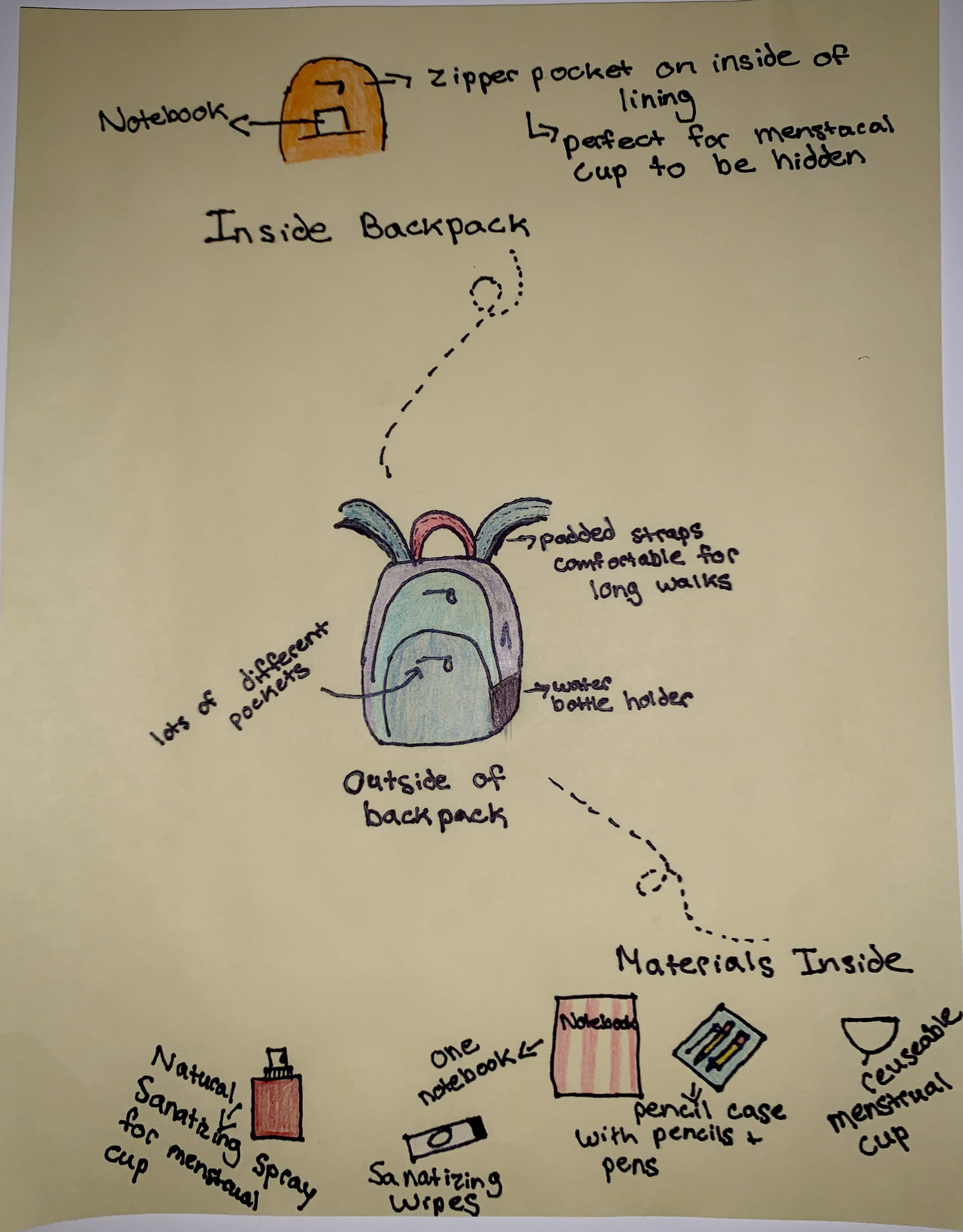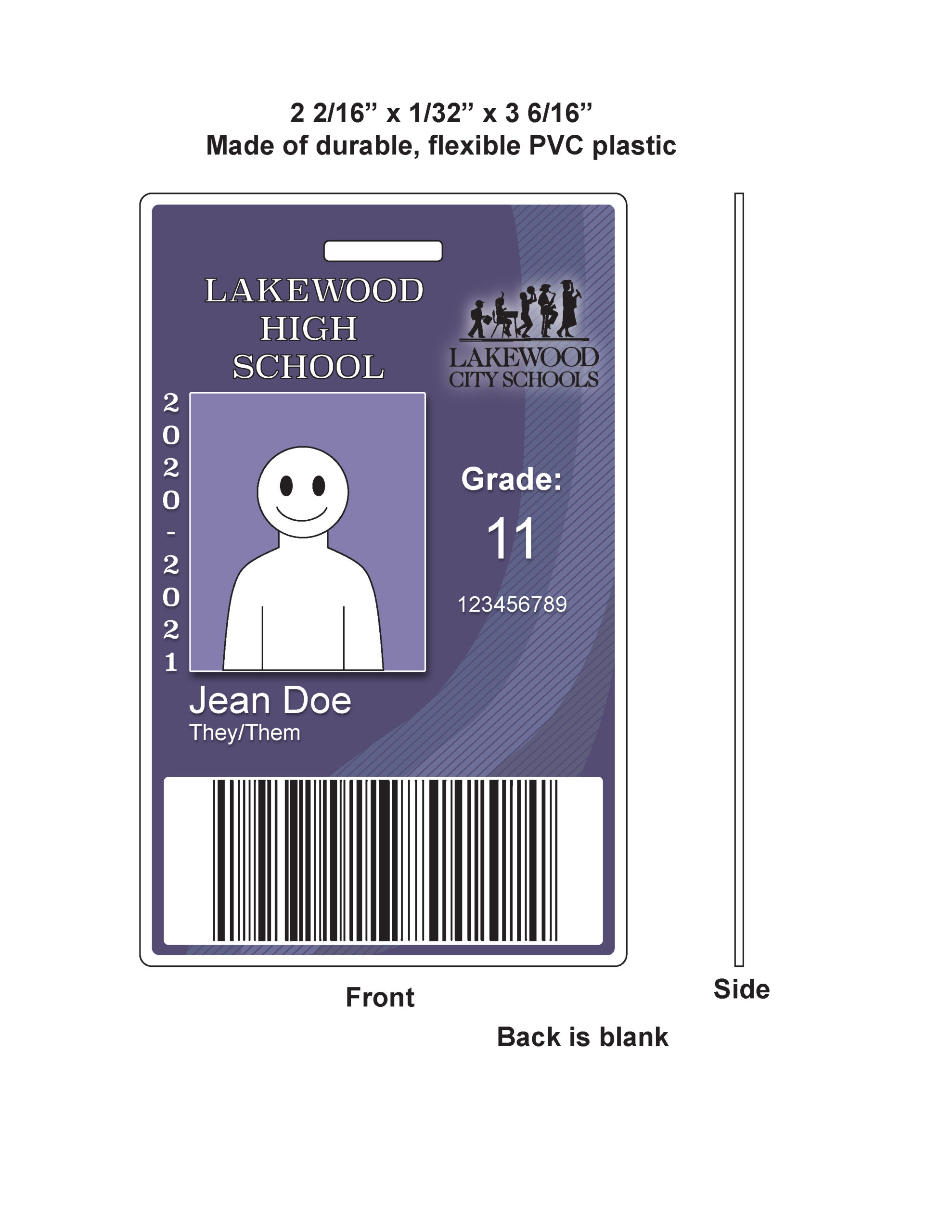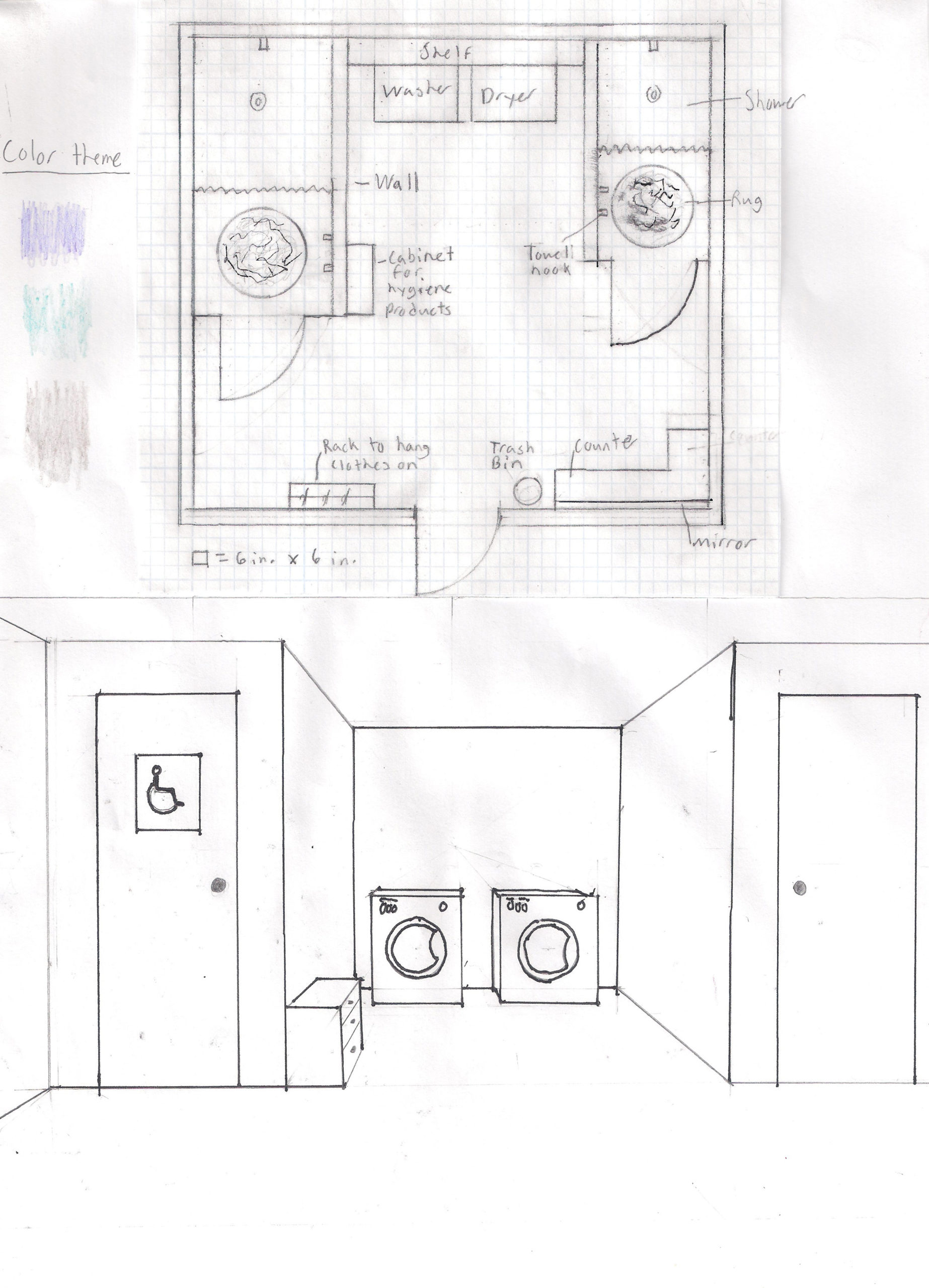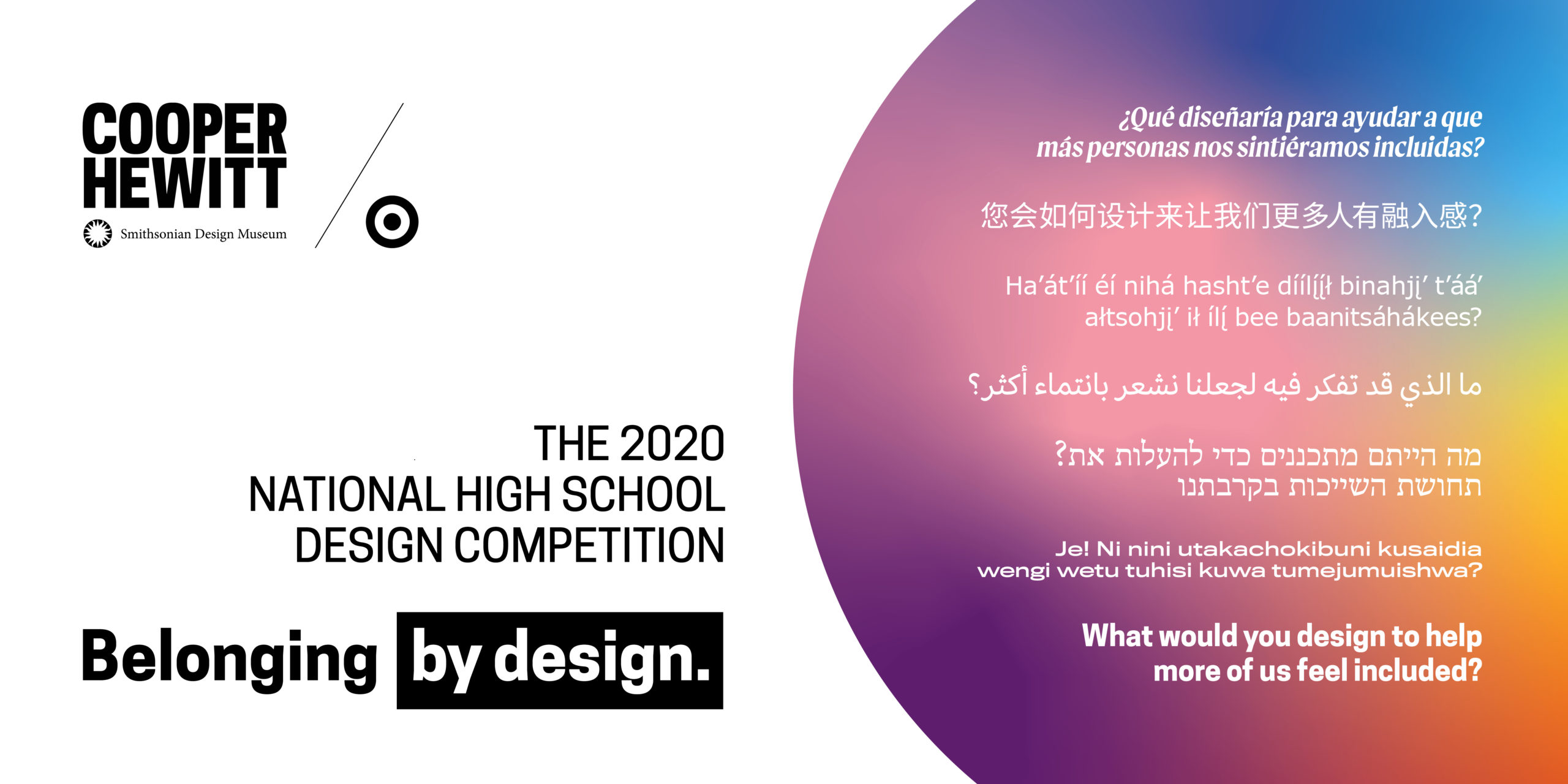
ANNOUNCING THE 2020 WINNERS: Priya Agarwal and Anika Agnihotri
Finalists Priya Agarwal, Anika Agnihotri, Yara Samad, and Naira Younas attended a virtual Judging Weekend on October 24–25 where they learned more about design and presented to an esteemed panel of judges, including Maurice Cherry, Tiffany Edwards, Ruki Neuhold-Ravikumar, Leah Vernon, and Todd Waterbury.
Congratulations to Priya and Anika, seniors at the Academy for Mathematics, Science, and Engineering in Rockaway, NJ, for being named the winners of the 2020 National High School Design Competition with Storily, a design that allows users to turn their family into storybook characters and insert them into riveting and educational picture books that reflect different cultures and experiences. Watch the presentations of Priya, Anika, Yara, and Naira, and explore the projects of all the finalists and honorable mention recipients below.
Meet the finalists and honorable mentions!
After reviewing hundreds of entries from across the country, Cooper Hewitt is pleased to announce the finalists and honorable mentions for the 2020 National High School Design Competition, which challenged students to use design to make the world more inclusive. The finalists moved on to the next stage of the competition full of inspiring mentoring activities including a virtual Mentor Weekend and Judging Weekend. Congratulations to the finalists and honorable mentions!
Priya Agarwal, age 17, and Anika Agnihotri, age 16
Academy for Mathematics, Science, and Engineering, Rockaway, NJ
A lack of representation in media has been a consistent problem within our society. Underrepresented family structures, such as LGBTQ+ couples or multiracial families, are rarely portrayed. Children in these families often feel excluded when they cannot identify with what they see around them. Our idea is a custom storybook platform where parents can design characters of their family on our website. There are various avatars to choose from with a wide range of skin colors, hairstyles, facial features, and cultural garments. Picture books with these characters can be custom printed and mailed.
Skye Peterson, age 18
Communications High School, Wall Township, NJ
Teacher: Laura Fallon
The placement and naming of “feminine napkin” dispensers can be harmful to transgender men. Even if they are found in men’s restrooms, they are typically located in the common area which would reveal the person’s identity as transgender. The Accessible Hygiene Product Dispenser would be found in both men’s and women’s restrooms attached to the sanitary receptacles inside each stall. These dispensers will be smaller, the contents preferably free, and they will have simple, reliable mechanisms to get the product to the user. The Accessible Hygiene Product Dispenser allows transgender men and other users to be more comfortable and discreet, while enhancing overall ease of use.
Yara Samad, age 15, and Naira Younas, age 16
Henry M. Gunn High School, Palo Alto, CA
Underrepresented minority groups are undervalued in the workforce resulting in a largely untapped reservoir of skill. Women, people of color, and people with accessibility needs face discrimination in the hiring process. This problem was experienced firsthand when my mother found out she was paid less than the men who reported to her. Our idea is the NoFace app, where job-searchers can create anonymous profiles with auto-generated usernames without pictures. Each user’s profile will showcase their resume, skills, and education. Job interviews will be facilitated through the app using a gender-neutral voice transmitter without a camera. NoFace would give every user the opportunities they deserve by focusing solely on their skills. It will assist in ending the gender pay gap and level out the playing field globally for job applicants. By diversifying the workforce, NoFace can ensure that the next generation will have a brighter, less discriminatory future.
Heath Chancey, age 17
Berkeley Preparatory School, Tampa, FL
The homeless miss many of the common necessities that we take for granted when they become separated from a domestic sphere. The conditions of poverty make it difficult to participate in a safe and healthy lifestyle. Getting out of the cycle is a daunting task without external support. Many may know that there is support, but don’t know how to access it. The Pathways Opportunity Kiosk acts like a directory board or a self-ordering kiosk in how it links and delivers information to the user. The user taps what support they are seeking and is presented with options relating to their individual needs. The information is then printed for reference. By making information easy to access, we can reintroduce homeless people into societal functions that they would otherwise be excluded from.
Isabella Choi, age 16
Bergen County Academies, Hackensack, NJ
Teacher: Scott Lang
Countless people of diverse backgrounds feel isolated in America, and miss a sense of inclusivity because of the lack of visual indicators of their culture and identity. The lack of visual exposure leads to ignorance, feelings of exclusion, and the need to “fit in.” Brighten Your View! expands upon streetlamp decorations by creating an array of designs that correspond with the United States’ diverse population. The decorations are sturdy yet removable and attach to streetlamps through the hanger or the light itself. They are accompanied by informative electronic content. Brighten Your View! creates familiar sights for people who are adjusting to a new place and exposes the residents of the United States to wonderful celebrations from around the world, promoting inclusivity. It aims to create an ambiance of wonderment where people can join together in a public experience that is available to everyone.
Norah de León, age 14
Brownsboro High School, Brownsboro, TX
Teacher: Courtney Elmore
LGBTQ+ people may feel excluded or misunderstood by doctors, counselors, and therapists who aren’t trained to aid with their struggles or who are close-minded and treat them unfairly. They may also feel ignored due to the fact that some schools ignore the history and oppression of the LGBTQ+ community. This design is a hand patterned like the pride flag shaking another hand, bordered by a circle. The design represents an acceptance and welcoming of the LGBTQ+ community and symbolizes a safe space for them. The symbol could be used at therapists’ offices, clinics, school counselors’ offices, and public areas. It could also be used on various covers for media, such as TV shows, books, and school textbooks to symbolize representation and safety for the LGBTQ+ community.
Taylor Fang, age 17, and Hsar Sar Lwin, age 18
Logan High School, Logan, Utah
We have struggled with language barriers growing up that have made it difficult to form friendships and a sense of community. English as a Second Language (ESL) students are separated from the rest of the school—further leading to exclusionary labels and snap judgments. Unlabel is a mobile app that connects immigrant and refugee youth. Unlabel allows students to create unique profiles, schedule group hangouts and tutoring, and join open activities like interfaith dinners and volunteer projects. By highlighting stories, passions, and traditions, the app creates a welcome space and community for ESL students. Connecting students across borders, the app gives ESL students a platform to not only share their stories and experiences, but to find peer support and form intercultural friendships. Unlabel is more accessible than a physical space and can be used within both schools and communities.
Dara Girel-Mats, age 16
Design and Architecture Senior High, Miami, FL
In Miami, the city attempts to control sanitary problems downtown, however, it doesn’t address the challenge that the homeless face with hygiene. The homeless have their dignity stripped away because there are not enough public spaces that include showers and bathrooms or allow access to basic sanitary products for women. By designing mobile restrooms and showers, we can target any spot in Miami that needs them most, redirecting money from cleanup to prevention. The units are also equipped with things that account for the area’s climate like sunscreen and bug spray, along with sanitary products and hand sanitizer. The project is a way to empower the homeless who are often excluded from society, treated as inhuman. This project shows the homeless that they won’t be left behind, and provides a chance to keep pushing forward against their hardships to work for a better future.
Julia Kacur, age 17
Bergen County Academies, Hackensack, NJ
Teacher: Scott Lang
Homelessness, and in particular anti-homeless architecture and design, makes people feel excluded by pushing the homeless out of public places and moving the issue outside of the public consciousness. Homelessness is not only an obstacle for those who are directly impacted by it, but also for society as a whole. My design is long-term, community-oriented housing for the homeless that provides them with a home and a sense of community. It features multiple floors, with multiple rooms per floor, and public spaces to provide community while still allowing for privacy. Rather than pushing people away from society, this housing model would provide them with resources such as counseling, education, and financial support that would help them re-integrate into society.
Mohen Li, age 17
Radnor High School, Wayne, PA
A major obstacle to inclusion is the lack of understanding of different cultures. Children are often fed false stereotypes about other cultures, leading to a harmful bias. Growing up as an Asian American, I have experienced this in the form of jokes and stereotyping, resulting in a feeling of not belonging. Swappernauts are small toy figurines, targeted toward elementary school-age children, representing cultural or historical figures. They have interchangeable, magnetic heads, torsos, and legs, and each Swappernaut bag contains random combinations of these three parts. Children must trade with each other to complete and collect all the figurines. Swapping and trading the figurines promotes social interaction between users, creating a community and a sense of belonging. Children can scan the figurine into the companion app which provides cultural and historical information about the figurine, allowing children to be open-minded, and fostering a more inclusive future.
Lila Nathanson, age 18, and Adriana Poznanski, age 18
Communications High School, Wall Township, NJ
Teacher: Laura Fallon
People of all genders may feel discouraged with skincare and beauty products that aren’t catered to them. In a growing world of non-binary gender identification, people need to feel accepted now more than ever. Users might feel targeted for purchasing these products, but self-care is a necessity, gender aside. Shim is a skincare and beauty brand that breaks boundaries. It opposes the binary conversation surrounding self-care, and instead proposes that all skin should be nourished in the same way. It surpasses the shortcomings of existing gender-neutral product lines: a steep price that prevents accessibility for all. Shim is inviting and inclusive in its marketing. Product names and scents are not gendered, and campaigns feature people from across the gender and racial spectrum. Accessibility in cost and empathy in branding encourage use from underrepresented audiences, and acceptance from those in the majority.
Sasha Palmer, age 17, Marlea Rust, age 17, and Lucy Sheerin, age 17
Springfield High School, Springfield, OR, Thurston High School, Springfield, OR, and South Eugene High School, Eugene, OR
Feeling isolated and like you don’t belong is a common obstacle in high schools. We observed in three different schools how these feelings can feed anxiety and depression. Later, we spoke with a psychiatrist who confirmed our hypothesis and discussed how awareness and acceptance is an important step in treatment. The goal of our design is to create more awareness and acceptance of anxiety and depression. Our design does this by spreading the message that it is okay to struggle. We help the cause by bringing positivity and inclusion through stickers and decals. Our design is meant to bring joy to those who want or need it. This can include people with severe illnesses and everyday struggles. Sometimes something as simple as a positive message can brighten someone’s day or open their mind up to new perspectives on life.
Robin Paul, age 14, and Abel Vayalinkal, age 14
Granada Charter High School, Granada Hills, CA
Teacher: Jackie Ying
Prisoners face exclusion because they are not able to talk with others about subjects in the news and aren’t able to get jobs because of a skills deficit. This makes it hard for them to reintegrate into society. A design solution to combat the problem of recidivism is access to education. A way to effectively educate people is through seminars and conferences that inform them about current events in politics and culture and technological developments that occurred during their incarceration. The design solution creates inclusion because with knowledge of how society has changed, they will be able to relate to and discuss topics with others. This will facilitate support systems and stop ex-prisoners from falling into a cycle of crime.
Willow Rosser, age 16
Lakewood High School, Lakewood, OH
Teacher: Anne McQuay
One obstacle that prevents people from feeling included is the difficulty of finding a support group. Finding people with similar interests is fundamental to feeling comfortable and included, but to find that group is daunting. Making friends can be difficult, especially when someone is introverted. My design is a cooperative card game in which players work together to combat conflict cards that are obstacles to inclusivity (stereotypes, insensitivity, discrimination). Their boosts can be used three times per game to help other players, and everyone wins if all conflicts are defeated before the deck runs out. Games make people feel included by helping them find others with similar interests. When a group of people enjoy card games together, it is much easier to break down social walls. While this focuses on a young adult age group, anyone can participate.
Meredith Rupe, age 18
Peak to Peak Charter School, Lafayette, CO
Teacher: Kristie Letter
The voting process holds many biases against certain groups in the voting pool. Whether it’s the complex language of the bills or physical and financial barriers, there is a clear bias in a process meant to be for all. These barriers have lowered voter participation. The Rosetta Vote is designed to give access to those with economic, physical, or financial barriers. It is a tablet that provides understandable translations of voting proposals in all languages and modes necessary. It can also submit your ballot. People with a vision impairment, along with people with physical or mobility disabilities, will be able to participate with fewer barriers as well, increasing political participation. Since all would be able to participate, everyone’s sense of belonging in the United States would also improve.
Nicolas Sanchez, age 18
Samueli Academy, Santa Ana, CA
Teacher: Patricia Vining
As a student interested in medicine, I have had a lack of experience with mentors who had similar backgrounds to mine. When I go to the hospital, I rarely see doctors of color, and I feel as though I won’t fit in. I’ve designed a concept for an interactive website called The Mentorosis Project where students interested in becoming a doctor would be mentored by students a step ahead in the program. The website would be for underrepresented minorities and would provide many opportunities. The user will feel more included and that they are needed by the medical community. The user will be able to access many opportunities that are not present without network connections, a barrier for underrepresented minorities.
Anna Sparling, age 18
Peak to Peak Charter School, Lafayette, CO
Teacher: Kristie Letter
Women in developing countries cannot always go to work or school when menstruating because they do not have proper resources. Gender inequality increases due to this natural process beyond women’s control. My design is a backpack with supplies that enable women to go to school or work. It features a reusable menstrual cup and a non-harmful sanitizing spray for cleaning it. The backpack also contains school and work supplies, including a notebook, pens, and sanitizing wipes. All the resources would be donated. This convenient design will allow women to go to school or work, and not be held back by menstruation.
Gabrielle Toms, age 17
Lakewood High School, Lakewood, OH
Teacher: Anne McQuay
The obstacle I’m tackling is the accidental use of incorrect pronouns at my school. As a non-binary person who doesn’t frequently use things like makeup, I’m often referred to by the wrong pronoun. It’s an incredibly frustrating obstacle to deal with almost every day. I have redesigned my school’s IDs to include a spot that has the owner’s pronouns. If somebody gets their pronouns wrong, they can show the other person the pronouns on their ID. Students could create custom pronouns and share them through a form everyone fills out. Being misgendered is an incredibly uncomfortable experience that can make someone feel excluded because they aren’t treated as who they are. My design would be something that validates transgender and non-binary people within my school.
Hannah Warmbrod, age 17
St. Andrew’s-Sewanee School, Sewanee, TN
Teacher: Osei Hill
People experiencing homelessness or poverty often do not have regular access to facilities where they can bathe and do laundry. This is especially hard on kids in school, who may feel discomfort and insecurity in addition to facing bullying caused by this issue. I designed a room in a school with showers and laundry facilities. The showers are completely closed so the room can be used by any gender, and one of the showers is wheelchair accessible. The room would be monitored by a teacher and open before and after regular school hours. Having access to showers and laundry facilities would allow kids experiencing homelessness or poverty to focus on their schoolwork without the worry of ostracism by their peers, and to feel more confident. It would also help their families by easing the burden of affording these facilities.
